Adding a new form
You can begin a new form from either Add New in the WordPress dashboard menu under Ninja Forms, or in your Ninja Forms Dashboard:

Note that there’s also a premade Contact Me form if you just want to get a basic contact form up and running fast.
Choose to start from scratch, or from a template
Once you’ve clicked Add New in either location, you’ll be able to choose to start from either a blank form or one of the premade templates displayed:

If you choose to begin with a template, you’ll start out with much of the form already configured for you. Beginning with a blank form starts you out with an almost completely clean slate.
Note: templates beneath the Additional Templates header are available but require a Ninja Forms add-on to use. These templates involve extended functionality like the ability to connect to email marketing services, create user registration forms, payment forms, and more.
Customizing your new form
Form Fields
For reference, a full list of form fields and their individual settings can be found in our Field Types documentation.
Adding Fields
Once you’ve made your selection on starting fresh or from a template, the Ninja Forms builder will open. You’ll find yourself on the Form Fields tab of the builder with the Fields Window open. A Blank Form has been selected in this example:

Fields can be added, edited, and removed here. Either click on any form to add it, or drag and drop from the window to the builder space. When you drag and drop into the space, you’ll see a green line appear. Wherever the green line is, that’s where your field will fall when you let go of it.
Note: when you first begin a form, the Field Window opens for you automatically. Anytime you want to open it again manually, you’ll need to click the little blue circle/+ icon at the bottom right of the screen:

Editing Fields
All form fields have settings that can be edited so that the field behaves exactly like you want it to. Clicking directly on any field in the builder will open its setting window. Here we’ve clicked on the First Name field we added in the video above, and changed its Label to just Name. You can see the change reflected in the builder:

I want to make my email field required, so here I’ve clicked on the Email field and toggled on the Required Field setting. You can see the change reflected in the builder by the red asterisk that appears:

Deleting Fields
With the First Name field being changed to just “Name”, I no longer want the Last Name field on the form. When you hover over any field, you’ll see a gear icon appear:

Hovering over the gear icon expands it to show three options: the gear icon itself (opens the field settings window), a trash can (deletes the field) and a copy icon (duplicates the field):

Click the trash can icon to delete the field.
Emails and Actions
The Emails and Actions tab is where all form actions can be added, edited, and removed.

Form actions are things that happen when the form submits. For example:
- sending an email notification
- displaying a success message
- redirecting the submitter to a new page
Every new form by default has an active Success Message, Admin Email (email sent to the website’s WordPress admin email address), and a Record Submission action.
Any action can be turned off by switching the green toggle off. Do NOT turn off Record Submission unless you do not want to collect submissions for this form!
Each action can be edited by clicking on it just like you did with fields above. A settings window will slide out from the right.
New actions can be added by clicking the Add New Action button located above the list of actions. The Action Window will slide out from the right.
For a full list of actions and what each of them does in detail, please see the Emails & Actions section of our main documentation page.
Advanced Settings
Clicking on the Advanced tab of the form builder takes you to the Advanced Settings screen:

The three settings at the top of the page are available in Ninja Forms core: Display Settings, Restrictions, and Calculations. Click on any of them to see what’s inside. A settings window will slide out from the right just like for fields and actions.
These settings can be found described in full detail on their own documentation pages:
Note: Settings found under Additional Settings are available but require a Ninja Forms add-on to use. These settings involve extended functionality like the ability to add logic to form fields and actions, form styling options, and more.
Saving your new form
At the top right of every screen of the form builder is a blue button labeled Publish:

This button will save your form. Once saved, it will appear in the list of forms in the Ninja Forms dashboard. You can return to the form at any time.
Information on publishing your form to a live post or page can be found below.
Previewing your new form
To see how your form will look once it’s published to a post or page, click Preview Changes at the top of the form builder:

This will generate a temporary visual of a new page with only your form on it. The appearance of the page and the form will be determined by the theme that you are using for your site. You can interact with the form here to test it out.
Publishing and/or Sharing a Form
Once you’re finished with your new form, it can be either published to a post or page, or shared via a live Public Link. For details on how, please see the documentation for either/both methods:

